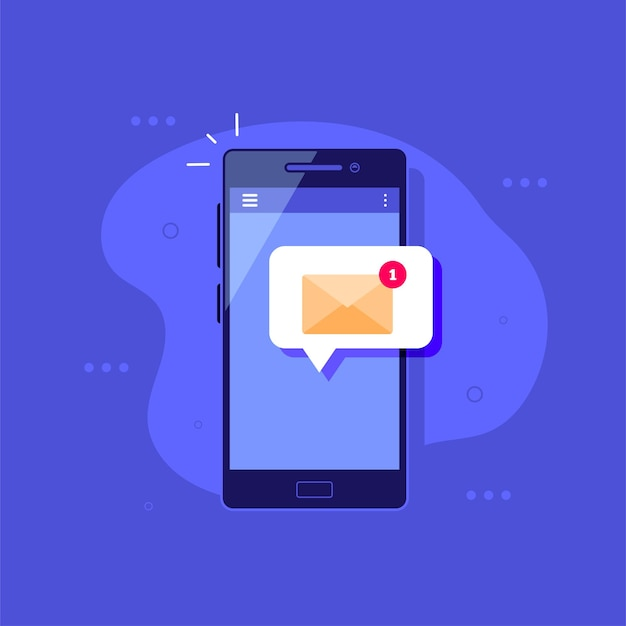How to implement push notifications and in-app messaging
In today's digital age, push notifications and in-app messaging
have become essential features of any mobile or web application. They allow businesses to stay connected with their customers and keep them engaged with their brand. Push notifications and in-app messaging are powerful tools that can drive user engagement, retention, and even revenue. In this article, we’ll discuss how to implement push notifications and in-app messaging in your application.
Push Notifications Implementation
Push notifications are a great way to keep your users informed about the latest updates, promotions, and other important information. To implement push notifications in your application, you’ll need to follow these steps:
- Register for a push notification service
- Integrate the push notification service with your application
- Set up your push notifications

In-App Messaging Implementation
In-app messaging is another effective way to keep your users engaged with your application. It allows you to send personalized messages to your users while they’re using your app. To implement in-app messaging in your application, you’ll need to follow these steps:
- Choose an in-app messaging platform
- Integrate the in-app messaging platform with your application
- Set up your in-app messages
How to Implement Push Notifications and In-App Messaging
To implement push notifications and in-app messaging effectively, you need to follow these best practices:
- Personalize your messages
- Don’t overdo it
- Segment your audience
- Use analytics to measure effectiveness
Push Notification Integration Steps
- Choose a Push Notification Service Provider:
- Request User Permission
- Set Up Push Notification Messages
- Send Push Notifications
Push Notification Setup Guide
Define Your Goals: Before implementing push notifications, you need to define your goals. What do you want to achieve with push notifications? Increased engagement, higher retention rates, or increased revenue? This will help you tailor your push notification strategy to achieve your goals.
Segment Your Audience: Not all users are the same. Segment your audience based on their behavior, preferences, and demographics. This will help you send personalized push notifications that resonate with your audience.
Optimize Push Notification Timing: Timing is critical when it comes to push notifications. Send them at a time when your users are most likely to engage with them. You can use analytics data to determine the best time to send push notifications.
Keep Your Messages Short and Engaging: Push notifications have limited space, so keep your messages short and to the point. Use engaging language and try to create a sense of urgency or exclusivity.
Test and Optimize: Finally, test your push notification strategy and optimize it based on the results. Use analytics data to determine what works and what doesn’t work and make changes accordingly.
In-app Messaging Setup Tutorial
Choose an In-app Messaging Tool: There are many in-app messaging tools available in the market. Some popular ones are Intercom, Braze, and Leanplum. Choose one that suits your needs and budget.
Configure the In-app Messaging Tool: After selecting an in-app messaging tool, you need to configure it. This involves setting up your app on the tool’s website and integrating the SDK into your app.
Define Your Messages: Define the messages that you want to send as in-app messages. This includes the title, body, and any additional data that you want to send.
Trigger In-app Messages: You need to trigger the in-app messages based on user behavior. This could be when a user opens a specific screen, completes an action, or reaches a milestone.
Test and Optimize: Finally, test your in-app messaging strategy and optimize it based on the results. Use analytics data to determine what works and what doesn’t work and make changes accordingly.
Push Notification Setup Guide
Before you can start sending push notifications, you need to set up your app to receive them. This involves registering your app with Apple’s or Google’s push notification service and integrating their SDKs into your app. This step can be complex, and it’s essential to follow the guidelines provided by the platform to ensure proper integration.
Implementing Push Notifications
Once your app is set up to receive push notifications, you need to determine what kind of notifications you want to send and when to send them. It’s important to keep in mind that users are more likely to engage with push notifications that are personalized and relevant to their interests.
In-App Messaging Implementation
In-app messaging is a powerful tool for engaging users while they’re using your app. To implement in-app messaging, you need to integrate a messaging SDK into your app and design your messages to be clear, concise, and visually appealing. It’s also essential to target your messages to specific user segments to ensure that they’re relevant and timely.
In-App Messaging Best Practices
To get the most out of in-app messaging, it’s important to follow best practices. For example, it’s crucial to limit the number of messages you send to avoid overwhelming users. You should also use A/B testing to determine the most effective message content and timing.
Push Notification and In-App Messaging Strategies
Finally, it’s essential to develop a push notification and in-app messaging strategy that aligns with your app’s goals and your users’ needs. This may involve segmenting your user base to ensure that messages are personalized and relevant, as well as determining the best times to send notifications and messages.
Conclusion
In conclusion, push notifications and in-app messaging are powerful tools for businesses looking to connect with their customers and improve their user experience. By following these tips, businesses can create compelling and effective messages that engage users and drive conversions. As technology continues to evolve, it’s clear that push notifications and in-app messaging will continue to play an important role in digital marketing and user engagement strategies.

